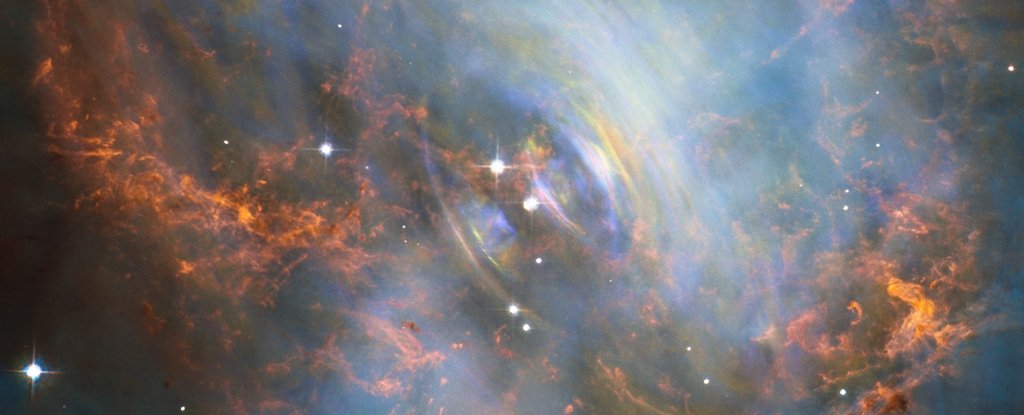ARTICLE AD
Mike Flanagan is no stranger to giving people nightmares, thanks to a filmography that includes The Haunting of Hill House, The Haunting of Bly Manor, Midnight Mass, and Gerald’s Game. (His 2011 feature debut, Absentia, haunts me anytime I see a sidewalk that enters into a tunnel.) With a new Exorcist film on his list of upcoming projects—something he recently told the Hollywood Reporter he views as “an opportunity to make the scariest movie I’ve ever made”—he was asked which movies he personally finds terrifying, and his answer was surprising.
Speaking to THR in the same interview, he gave special props to 2008 New French Extremity entry Martyrs (“There’s a lot of gore, but it’s gore with a point. I generally don’t love splatter”) but saved his highest praise for another movie, also from 2008: “The last one that truly frightened me into getting up off of the couch was an Australian movie, Lake Mungo. It chilled me to the bone.”
You can find Lake Mungo streaming free with a Prime Video membership, and free on Tubi with commercials; it’s styled as a documentary with found-footage elements. It’s a slow-burn viewing experience, blending a family’s struggle to accept the accidental death of a teenage daughter with an exploration of how grieving people attempt to hold onto lost loved ones—in this instance, through dream interpretation, spirit photography, and a sympathetic celebrity psychic.
There’s also a mystery element. The family at the center of Lake Mungo is named Palmer, and though the 16-year-old who dies as the story begins isn’t named Laura—it’s Alice—there are echoes of Twin Peaks running through the narrative. Alice, or “Ally,” is a small-town sweetheart with dark secrets that surface only after her death; she also kept a diary detailing her doom-laden existential fears, and much like Laura Palmer, left behind recorded images that illuminate the shocking parts of her short life.
It all begins, however, like a true crime special; though there’s no suggestion of foul play in Ally’s drowning, there’s the familiar cycles of interviews: friends and relatives remembering only her best qualities, grim-faced police officers recounting the search for her body. There’s even her mother’s frantic call to Australia’s version of 911, gasping that her daughter went for a swim (not in Lake Mungo, curiously; that particular location makes its significance known later in the film) and never returned.
But Lake Mungo also has an extra something, a sense of dread that runs throughout. It’s constructed with a lot of carefully laid elements. Eerie stuff that, taken alone, might not seem significant. On the way home from identifying Ally’s body, her parents’ car will only drive in reverse. Days after her death, strange sightings and sounds that can almost be explained away begin invading the Palmer home. There’s a circle of family, friends, and even strangers who help shape the family’s grieving process, for better and worse; at one point, Ally’s mother becomes convinced that her daughter may somehow still be alive.
It’s all presented very seriously; the “interviews” with the main characters have a certain cold detachment that feels authentic for subjects who maybe aren’t thrilled to be rehashing the worst tragedy of their lives. There’s plenty of skepticism and distrust conveyed by various characters along the way—but also an ever-present sense of great sadness.
And, yeah, when people talk about Lake Mungo, they always bring up its standout scene—no doubt, it’s the precise instant that inspired Flanagan to leap off his couch. It delivers, but it succeeds not just on its merits as a creepy jump scare, but also because the entire movie beforehand has coaxed you into a state of deep unease. Even without that sudden, shriek-worthy payoff, Lake Mungo would still be a notable chiller.
Want more io9 news? Check out when to expect the latest Marvel, Star Wars, and Star Trek releases, what’s next for the DC Universe on film and TV, and everything you need to know about the future of Doctor Who.

 2 months ago
20
2 months ago
20 

